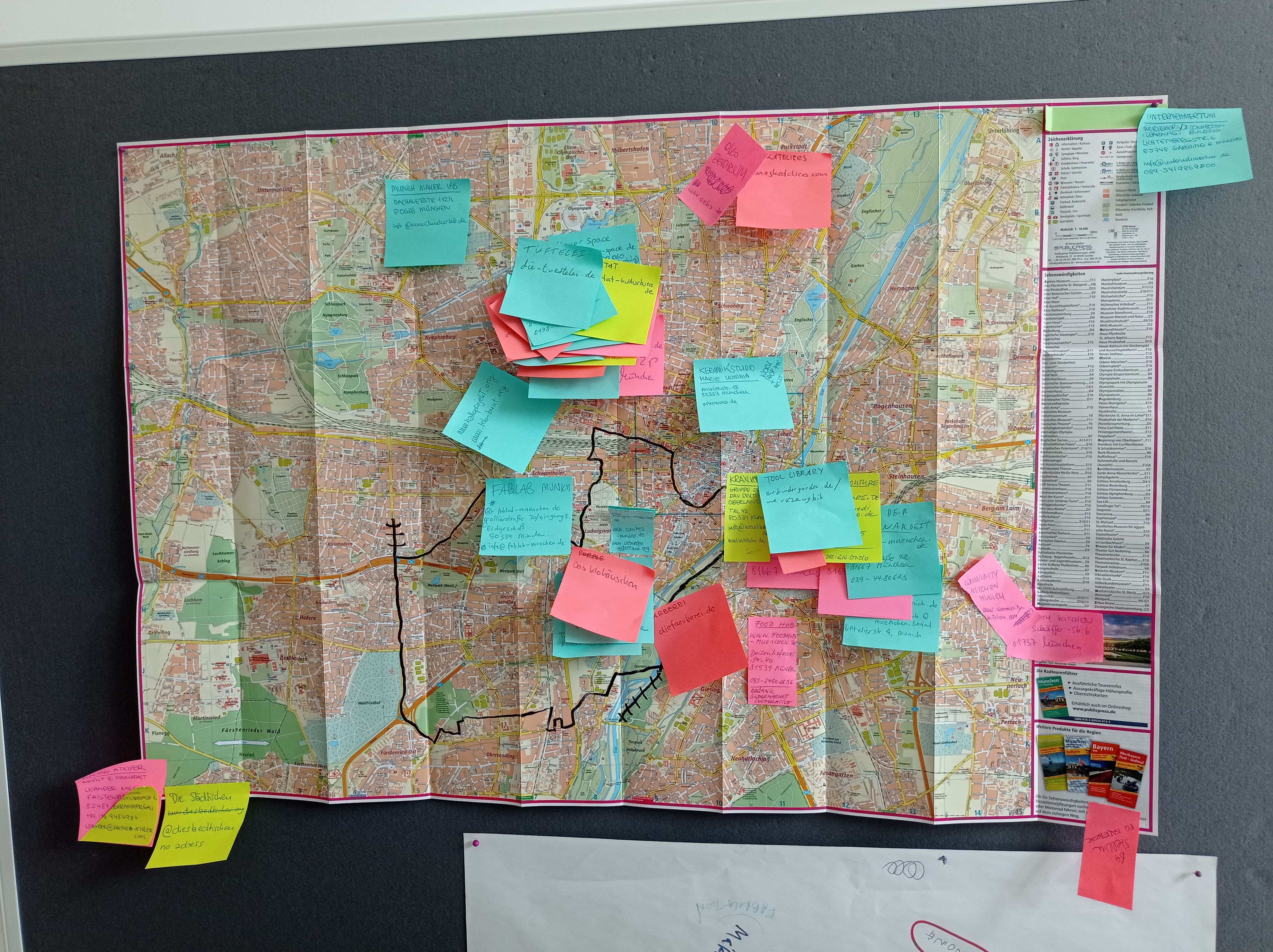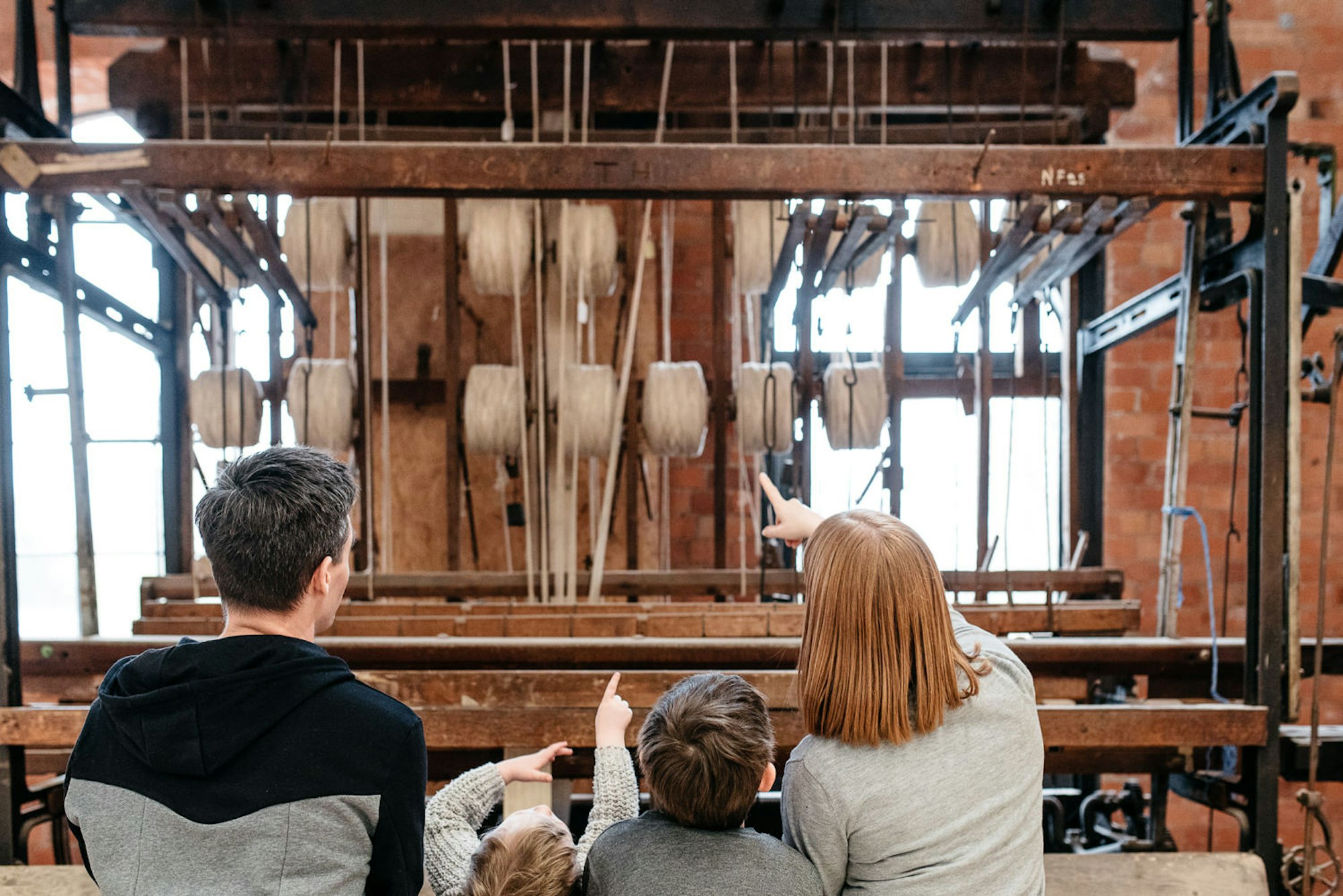Christmas, handmade in China

Christmas, handmade in China
Imagine a Poundland store so enormous that it takes two whole days to walk from one end to the other. Even then, you’ll have missed an aisle or two. Well this is Yiwu International Trade Market. Covering over 4 million square metres it is the "largest small commodity wholesale market in the world.” Located in Zhejiang Province, Yiwu has space for over 62 000 booths, each of which is run by a factory to showcase the products they can produce. Buyers come from the world over and order any of the 400 000 types of products in the hundreds of thousands, often having them customised, to then be shipped globally and sold to you or I.

Take one example, souvenirs – there is a whole ‘street’ dedicated to souvenirs, for every nation and city conceivable. These are made in China, bought at Yiwu, then shipped to their appropriate destinations in the millions, travelling thousands of miles by sea on container ships, which contribute to 15% of our current global carbon emissions. They are then sold on markets and in shops to swathes of tourists, you’ve probably bought one yourself. The majority of these tourists will then fly with the souvenirs back to their home country, which in many cases could well be China. And for what?

Visiting Yiwu market back in August, with the Unknown Fields Division of the Architect's Association we were curious to find out more about where these products came from. Stallholders are more than happy to take you to visit their factory - if they think you’re a buyer. Armed with a translator we were able to set up a meeting with some businessmen who traded products from multiple factories, through Yiwu. We were picked up that night in a black BMW and driven through the suburbs to a vast - but immensely bleak ‘showroom’ - which the businessmen were incredibly proud to show us. A meeting ensued in which copious amounts of green tea were ceremoniously drunk and through much badly translated discussion, where we posed as European buyers, we arranged to visit a Christmas factory the following day.

Believing they had formed a relationship with a potential new client, the businessmen were keen to show us the capabilities of their factories, and so met us in the morning to escort us there, armed with camera and tripod. It was all starting to feel rather awkward. The factory itself was shielded by metal gates, and consisted of several tall, grey concrete buildings, guarded by a ferocious looking Rottweiler who lived chained to a piece of concrete piping.

In the doorway to the factory were mountains of wicker wreathes, piled high on either side, which on closer inspection had workers sitting between them, almost buried as they were stacking, boxing and packing thousands of Christmas decorations. Christmas decorations are mainly made in the spring and summer months, as they have to be shipped westwards in time for Christmas. In fact the only time of year the factory doesn’t produce Christmas decorations is Christmas time, which is when they make Halloween decorations. The fact that Halloween isn’t a widely celebrated date in China indicates the nations that drive this economy.


We were taken immediately up the stairs, past the door of a hot and dirty looking room where topless men were operating machinery, and into a lofty room filled with large tables and clusters of workers sitting all around. Several of the workers raised their heads as a group of us entered the room, but they looked at us with lifeless eyes. The atmosphere felt soulless and the people diminished into doing menial tasks such as glueing glitter to a plastic sign, or sticking Christmas decorations together with hot glue guns. Our guides (the businessmen) were encouraging us to examine the work, picking through piles of decorations to show us the ‘quality’. Never in my life have I felt so uncomfortable, being the white Westerner inspecting the work of Chinese labourers as they looked on listlessly.

We then proceeded to the floor above, where dozens of women were sewing santa hats, bunting and other Christmas paraphernalia. They are paid per item they produce, and so were churning out piles of hats at an astonishing rate. It was in this room that several of the workers were noticeably young. We were told by our guides that they were working during their school holidays, yet their weariness suggested otherwise. In this room, the reality of globalisation and capitalism really hit home, as I could recognise several products as the ones we might buy in a supermarket for a couple of quid, wear for a week and then throw away, yet making them is these peoples’ livelihoods. They live in grimy dorms beside the factory and work in the factory day in, day out. The conditions are reminiscent of Industrial Revolution Britain.



At this point we enquired about the room we had passed on the stairway, and descended down the stairs to what transpired to be the plastics room. In here there were 3 or 4 men, topless for the sheer heat coming from the machines. The injection moulding machines looked dirty and old, and their hoppers were being topped up by the men, from large white sacks of plastic granules.
Each machine was ejecting out a different plastic form - that day it was cheap coat hangers and snowmen halves. The men were catching the forms as they exited the machines, and sorted them. There was a box of defected snowmen waiting to be melted down again. They were passed to a worker, who crouched over vats of bubbling, toxic plastic and waste. The room had the airlessness of a basement, and the man was just sitting, sweating and occasionally stirring the vats. He wore no mask, had no ventilation, nothing. Only a fan to circulate the fumes.


Our visit ended in the factory’s Christmas showroom, where row upon row of decorations lined the walls. Hundreds, if not thousands of variations on Christmas tat. I even found a stocking with the ‘let it snow’ lettering misspelt - the ’N’ the wrong way round. This was a heart wrenching reminder that everything really is hand made, in the thousands, by people who have little or no connection with what they are making.
But times may be changing. Yes there are factories like this that supply city sized wholesale markets like Yiwu, as do the more high tech factories where the surfaces are shinier but the working conditions are not much better, but China is getting wealthier. Workers are gradually realising that leaving their home towns to move to cities and factories for work may not be the answer, and that their lives back home, with their families, are in fact better. Many factories are reporting high losses of workers, who decide not to return after the Chinese Spring Break. Hopefully this shift in attitudes will help to improve working conditions and wages, as factories strive to retain their labour forces. Some factories we visited even had webcams on screens in their hallways, showing factory workers in Poland that they’d outsourced work to, as it was cheaper than in China. Maybe, just maybe, mass manufacturing will come home again in the future, and the ludicrousness of the current system will come to an end.
Written by Gemma Lord
Twitter: @GemmaLord
This material was gathered as part of Unknown Fields 2014 Summer Expedition to China. You can find out more about their work here
All photographs © Gemma Lord / Unknown Fields
Twitter: @UnknownFields
Categories
Article
Related stories
Why Make Work Locally
Alan Moore and Ten30 Fashion
Tips for Manufacturing in Scotland
A Life in Lace
In the Belly of the Beast: my one year manufacturing for Coca Cola



